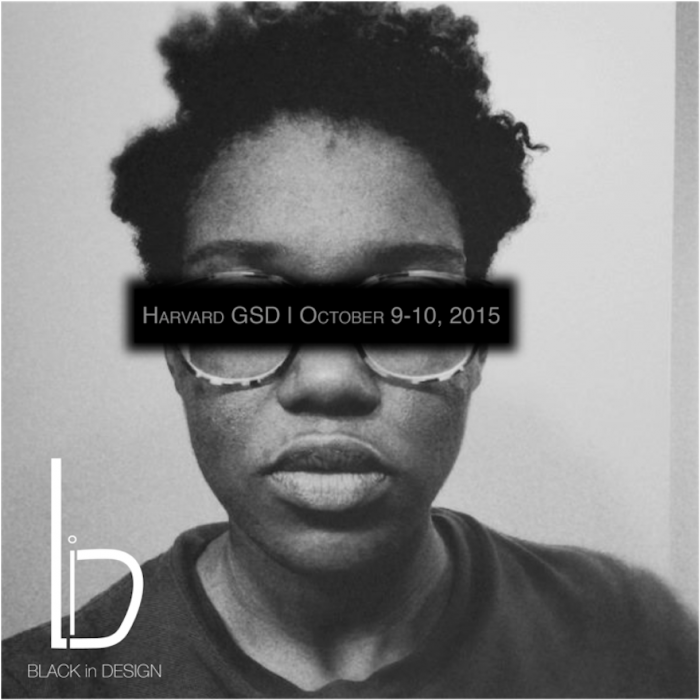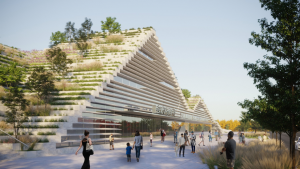
On 9 and 10 October 2015, a group of students in the African American Students Union at the Harvard Graduate School of Design (GSD) are hosting the first Black in Design Conference in the hopes of putting black design back on the map.
“It’s an event that recognises the contributions of African Americans to the design field, which is something that happens very rarely at this school. Our history and theory curriculum are overwhelmingly white and male. We wanted to have an opportunity to showcase the contributions of African Americans to the design field,” say organisers Cara Michell and Courtney Sharpe.
Recent occurrences of racial violence, police brutality and the deaths of Michael Brown, Eric Garner, Tony Robinson and Walter Scott have given rise to a national debate on the use of deadly force by the law and on racial equity in the United States.
“These conversations are long overdue and part of the reason for having the conference now is to join in the national momentum and join the discourse,” says Michell.
The Black in Design conference is aimed at starting conversations about what different design fields can do in answer to various issues on social equity in various scales: from the building, to the neighbourhood, to the city, the region and the globe.
Speakers at the conference include academics in the fields of urban design and architecture as well as a keynote featuring renowned architect Phil Freelon and Darhil Crooks, the Creative Director for The Atlantic. There will also be a talk from public artist Seitu Jones, who set up a mile-long lunch table in his neighbourhood in Minnesota to integrate his diverse, but segregated, community.
“We tried to expand it as far as possible beyond what is normal at the Harvard Graduate School of Design – which is mainly architects and urban planners,” says Sharpe.
Both Sharpe and Michell, as part of the African American Students Union, were involved with an exhibition on campus earlier this year that displayed the faces of victims of police violence.
“It was an act of humanising this thing that is normally seen as a statistic or that often is not even displayed at all,” says Michell. “It was about bringing the scale of the body and the human back into the Graduate School of Design, where we so often think of structures and form and abstracts.”
Black in Design will no doubt do the same: it will start the dialogue on how issues of design and the built environment are effecting people’s bodies and in some cases make them vulnerable. These issues go beyond race and colour and the conference will also include discussions on gender, class and any marginalised groups.
You can join in the conversation by using the hashtag #blackindesign or #blackdesignmatters.





